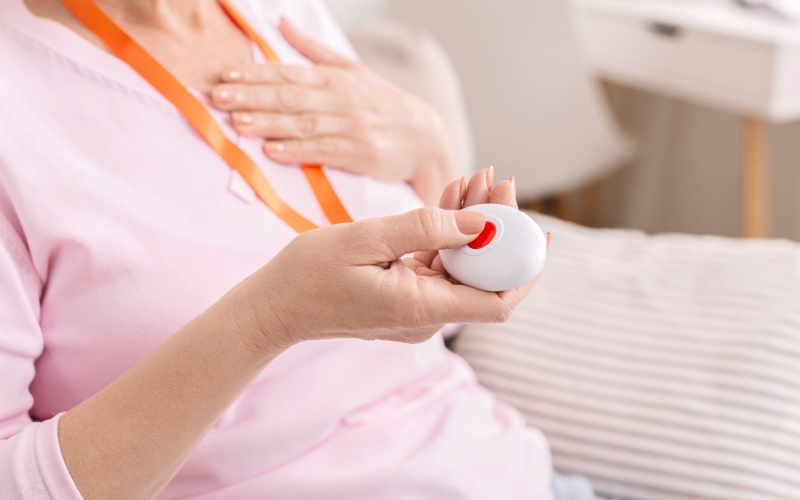You are here
- Home
- OU research finds gap in smart home technology for older people
OU research finds gap in smart home technology for older people

The search for innovative solutions to cater for the UK’s population is on the rise as our healthcare systems experience ever increasing pressure. Researchers at the OU have called for further exploration in assisting older people in their daily lives, specifically via the use of remote monitoring technologies and smart homes.
In the health and wellbeing space, remote monitoring technologies, such as gyroscopes, accelerometers and temperature sensors can detect changes in the environment. They are advantageous in their ability to collect information via signals like vibrations and sounds which are less intrusive than the more popular “wearable” technology such as smart watches or headsets. However, despite the increasingly recognised advantages, remote monitoring technologies remain underexplored, especially those which are cost-effective.
Calling for a change, OU researchers Dr Jitka Vseteckova and Dr Manik Deepak-Gopinath of the OU’s Faculty of Wellbeing, Education and Language Studies (WELS) and Ms Ki Tong, Honorary Associate, Keith Attenborough, Emeritus Professor, Dr Shahram Taherzadeh and Prof David Sharp of the Faculty of Science, Technology, Engineering and Mathematics (STEM) advocate for their use in their paper, Acceptability of Remote Monitoring in Assisted Living/Smart Homes in the United Kingdom and Associated Use of Sounds and Vibrations—A Systematic Review.
The research found that video is currently the most prevalent of these technologies. However, due to the stigma and negative connotations related to using video within the home, the adoption of this type of technology has proven a major challenge. To combat this, the paper suggests that the simultaneous use of acoustic and vibration technologies could help alleviate the privacy and stigma associated with video. The paper also found that, in the United Kingdom, there is a shortage of measurements assessing the efficacy and effectiveness of monitoring devices.
Dr Jitka Vsetockova, Senior Lecturer at the School of Health, Wellbeing and Social Care, Faculty of WELS said:
“We need to be equally empathetic to the interior environment to encourage adoption but also take the concern of stigma and social perception into account. When designing the sensors, bringing a more participatory approach stimulating co-design and co-production of the devices could alleviate some of these concerns as well as improve the usability and acceptability of these devices.”
This now calls for future research into the acceptance of remote monitoring technology, whether this takes the form of trials of the technology or assessments into their effectiveness with a larger sample size, there is plenty more scope to see how these can be further used to improve the lives of older people in the United Kingdom.
Are you already an OU student?
Request your prospectus
Explore our qualifications and courses by requesting one of our prospectuses today.
Request prospectus